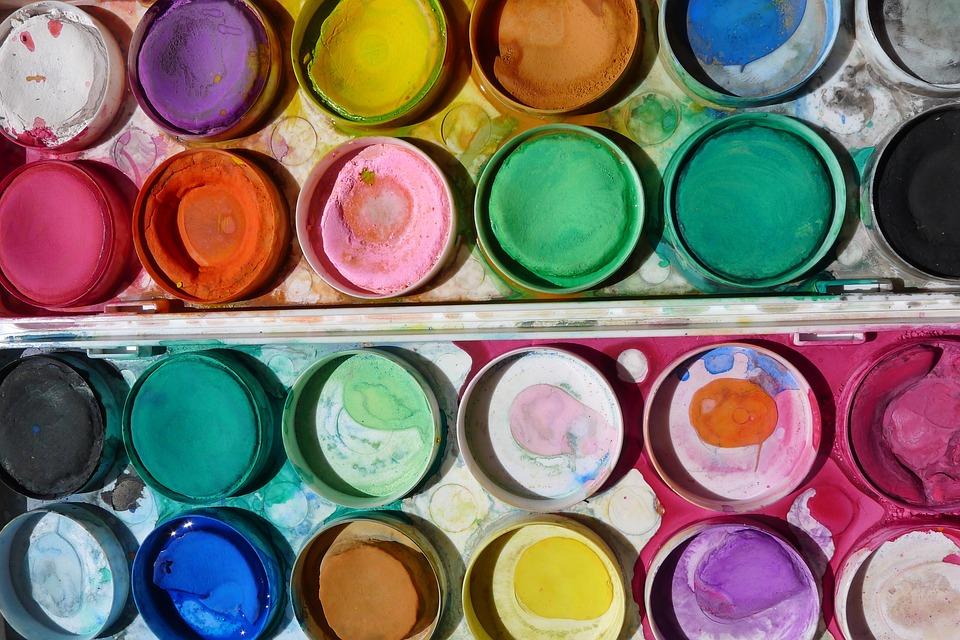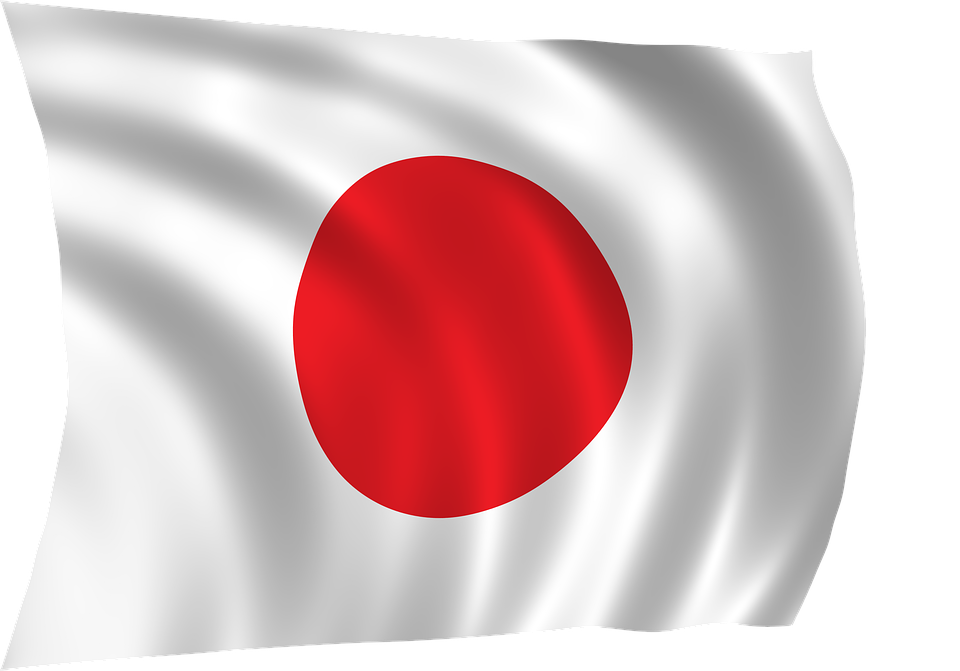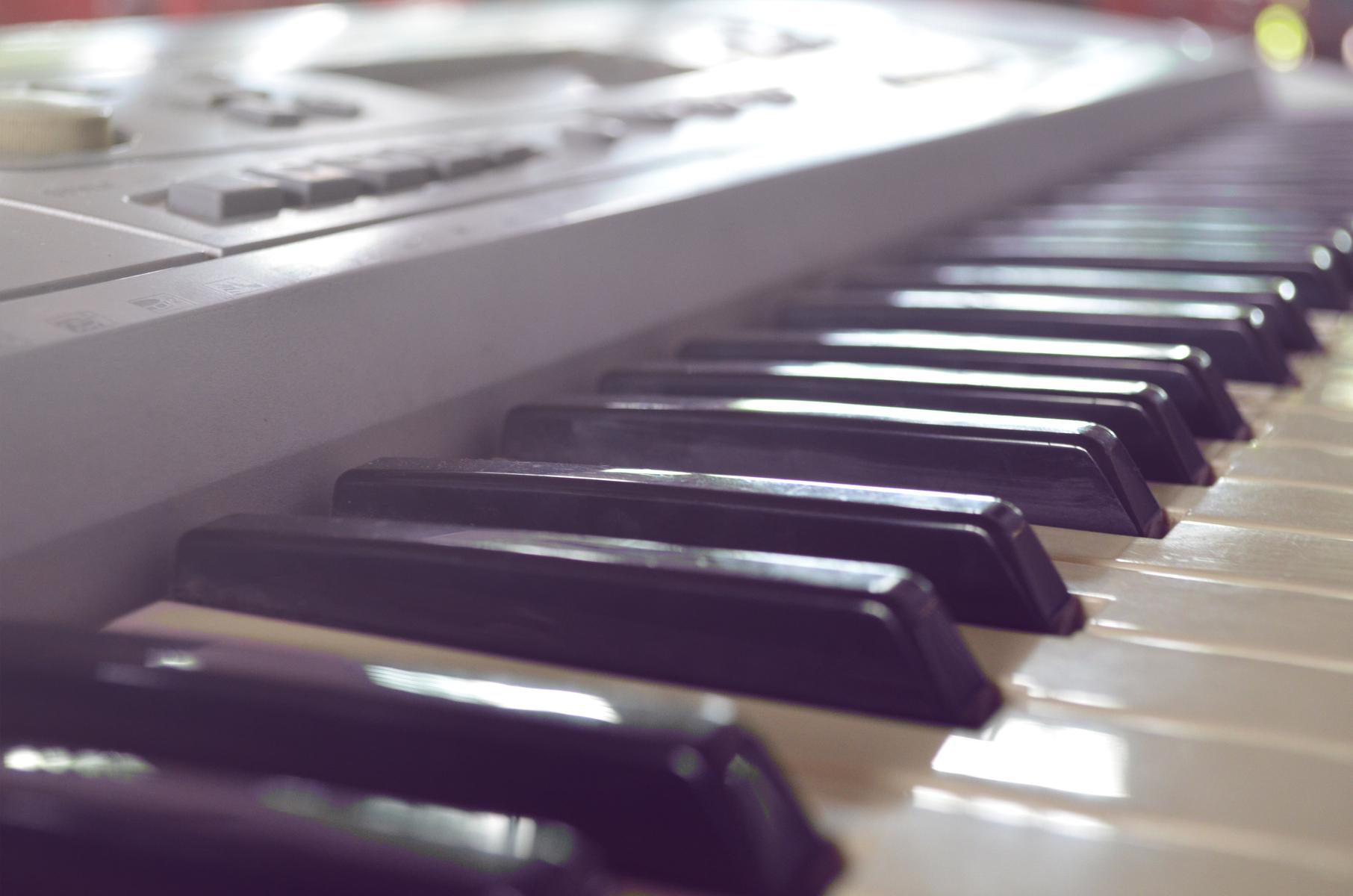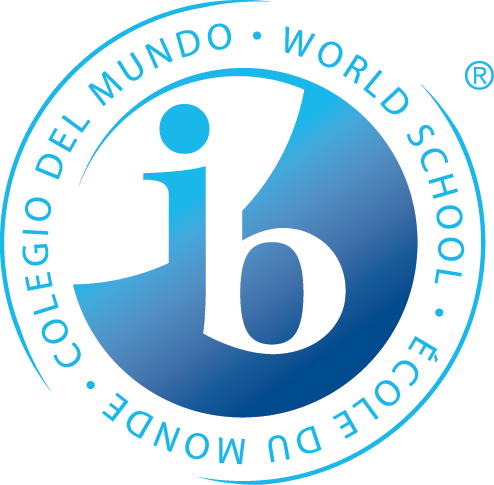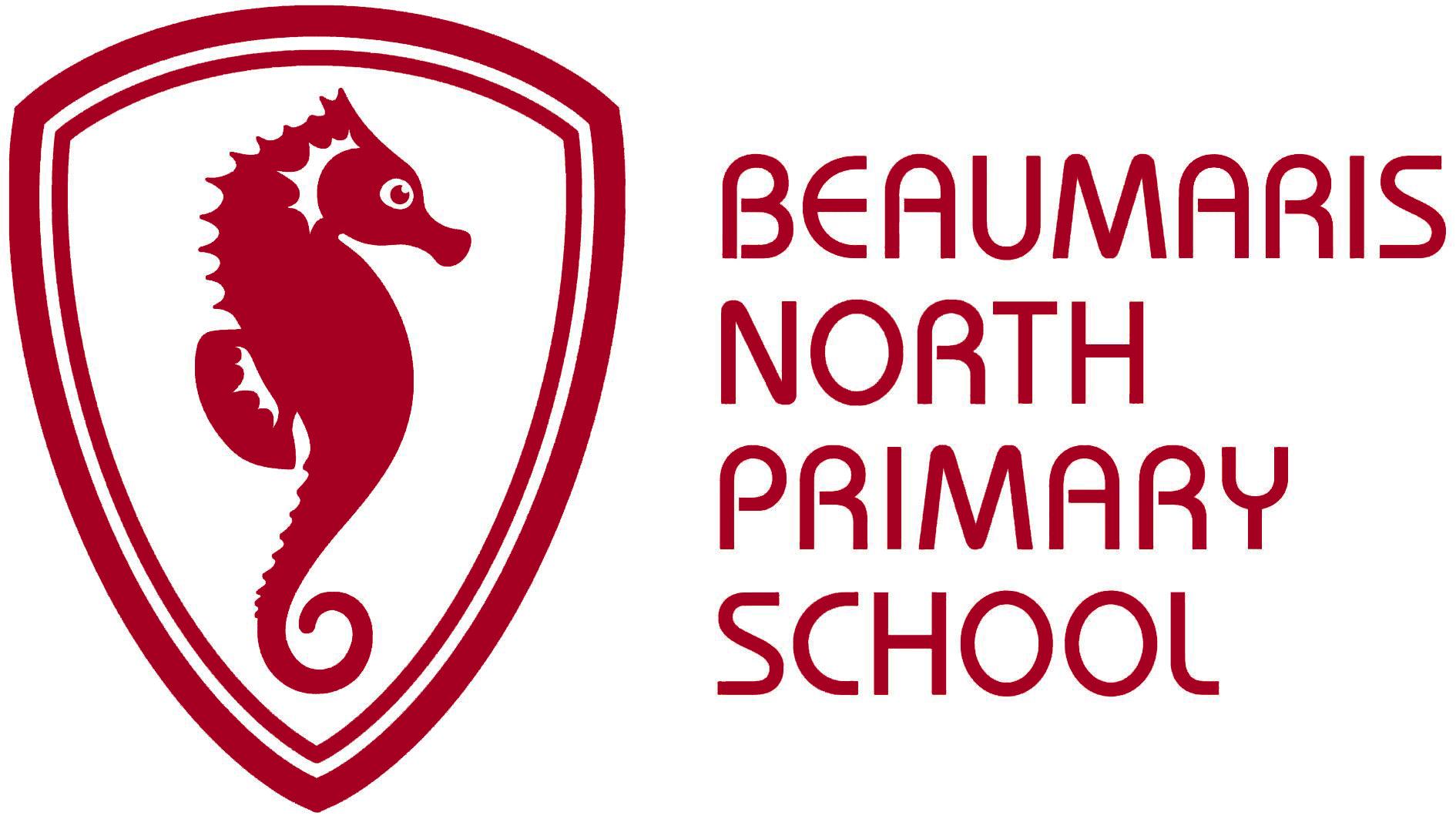Term 4, 2018
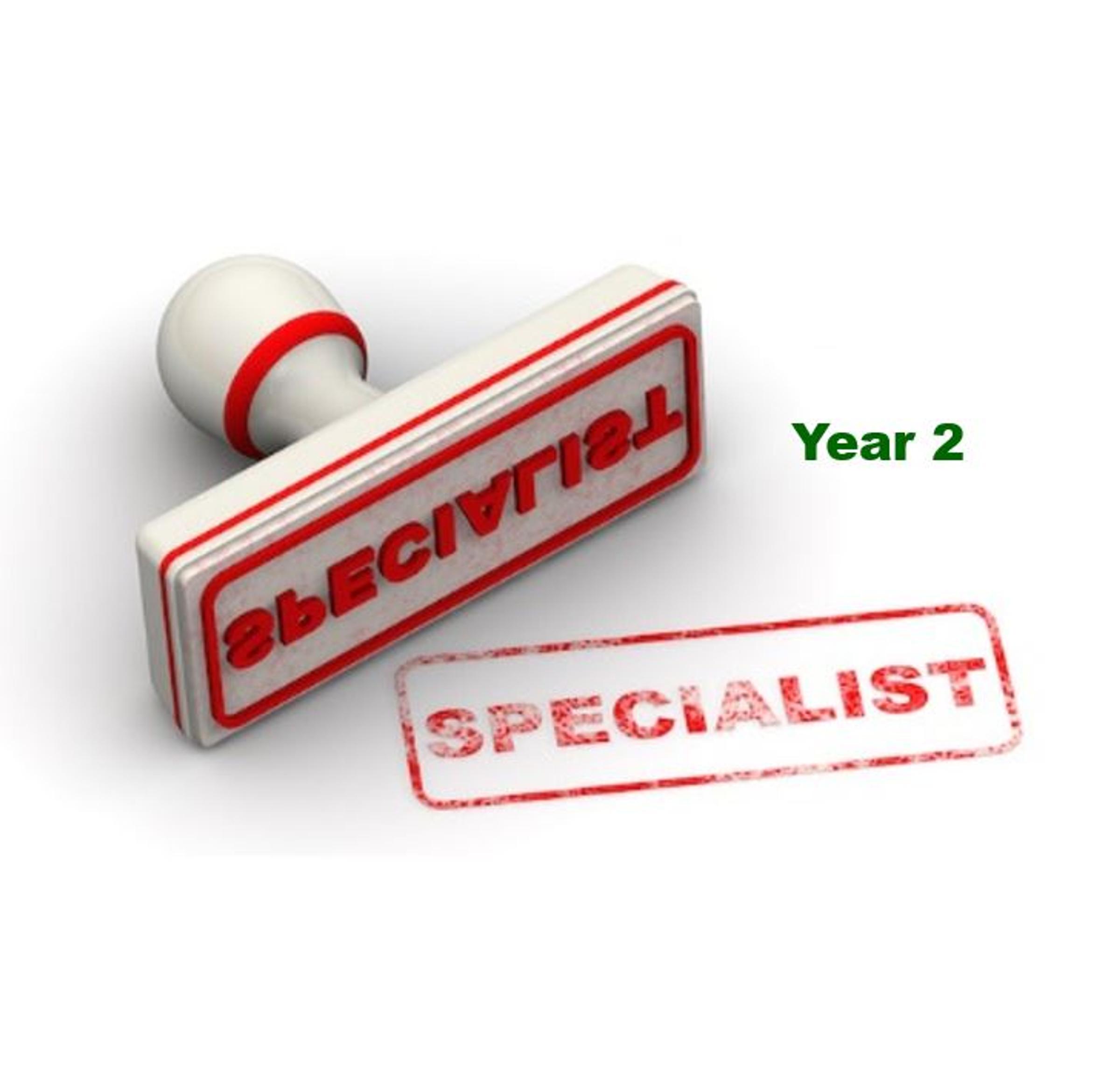
Library
- Read texts in relation to Unit of Inquiry ‘How we organise ourselves’ (communities functioning) and ‘Where we are in place and time’ (different culture’s celebrations, family histories).
- Show students how to return and borrow books.
- Show children how the fiction and non-fiction books are shelved.
- Discuss the concept of ‘celebrations’ and the examples given in the different literature.
- Revise using the ‘Bookmark’ Public Access System – keyword, subject... etc., searches and the importance of writing down the non-fiction call number before going to shelves. What to do when a keyword search doesn’t work? Other words to use e.g. ‘whales’ if ‘humpback’ doesn’t show any.
- Revise term ‘available’ as opposed to ‘on loan,’ ‘processing,’ ‘in repair’ and ‘lost’ on Bookmark system.
- Encourage the children to borrow from a variety of sections.
- Introduce the Dewey system to better explain subject number codes.
Visual Arts
The Term 4 Visual Arts Unit of Inquiry is called ‘Celebrations of Many Cultures’, which integrates with the Transdisciplinary theme ‘Where We Are in Place and Time’. The Unit focuses on exploring the creative elements of costume and decoration design involved in Rio de Janeiro’s Carnival and Mexico’s ‘Dia de los Muertos’, ‘Day of the Dead’ celebration. Activities include:
- Collaged Carnival masks: Grey lead and black fine line drawings were used to create bold pattern work to create an effective Carnival mask, inspired by Rio de Janeiro’s ‘Carnival’.
- Sugar Skull and Flower crown drawing: fine line drawings of a sugar skull and a colourfully painted flower crown, inspired by the artist Frida Kahlo.
- Scandinavian traditional Christmas decorations, incorporating fine motor skills through binding and knotting.
Physical Education
Focus: Ball Handling, Basic Minor Games and Dance
- Dance- Perform simple rhythmical movement sequences. Use a combination of movement patterns in small group activities.
- Incorporate the Fundamental Motor Skills they have learnt and revised throughout the year.
- The children will use a variety of equipment and various sized play balls to reinforce the fundamental motor skills learnt.
- The skills learnt will be incorporated into minor team games and activities where they have to adhere to specific rules.
- The children will continue to develop basic game sense and movement skills within game situations.
Concepts: Connection - how different skills are connected to one another in the way we perform them.
Attitudes: Curiosity, Independence, Appreciation - the children continue to work independently and appreciate each other’s efforts and skills within more structured competitive games.
Learner Profile: Discussions amongst the class after each lesson and the demonstration of specific learner profile attributes identified.
Japanese
Themes/activities
School: Making classroom signs in Japanese and Japanese school buildings and classrooms
Christmas: How Japanese people celebrate Christmas in Japan, Christmas crafts, Japanese celebrations/ festivals (What are they like? How do they celebrate the festivals in Japan?)
Revision and reflection on what they have learnt this year
Vocabularies and grammar
HIRAGANA characters for words they learn e.g names of rooms in school: KYOO SHETS (classrooms), BAI TEN (canteen), HOKEN SHETS (sickbay), etc, classroom items: desks, pencils etc.
Japanese verbs: cut, glue, fold, colour in, spell, etc.
Words, phrases, greetings and classroom instructions learnt in Semester 1.
Concepts
- Form (pattern)
- Perspective (belief)
- Perspective (point of view of others)
Attitudes
- Reflective
- Open-minded
Music
Sharing the Planet and Where we are in place and time
This term Year 2 will be continuing their focus on ‘exploring sounds and tone colour’ and using these in creative ways to compose class and/or small group compositions. We are:
- Learning songs related to ‘Sharing the Planet' with living things. e.g. Shoo Fly and Fireflies.
- Learning songs to do with 'Celebrations' – celebrating songs and music from various cultures.
- Practising our listening skills as we explore the music of other cultures.
- Creating ostinato patterns to accompany music.
- Exploring different ways of moving in a pattern. This will include free movement, movement ostinato and complementary movement.
- Working in groups to create 'a bug'. Students will incorporate movement ostinato and appropriate vocal ostinato to find a way to move their creature around the classroom. Students are continuing their focus on the PYP concept of Change.
- Exploring their connection to different cultures through songs, dances and exploration of the celebrations of various cultures.


